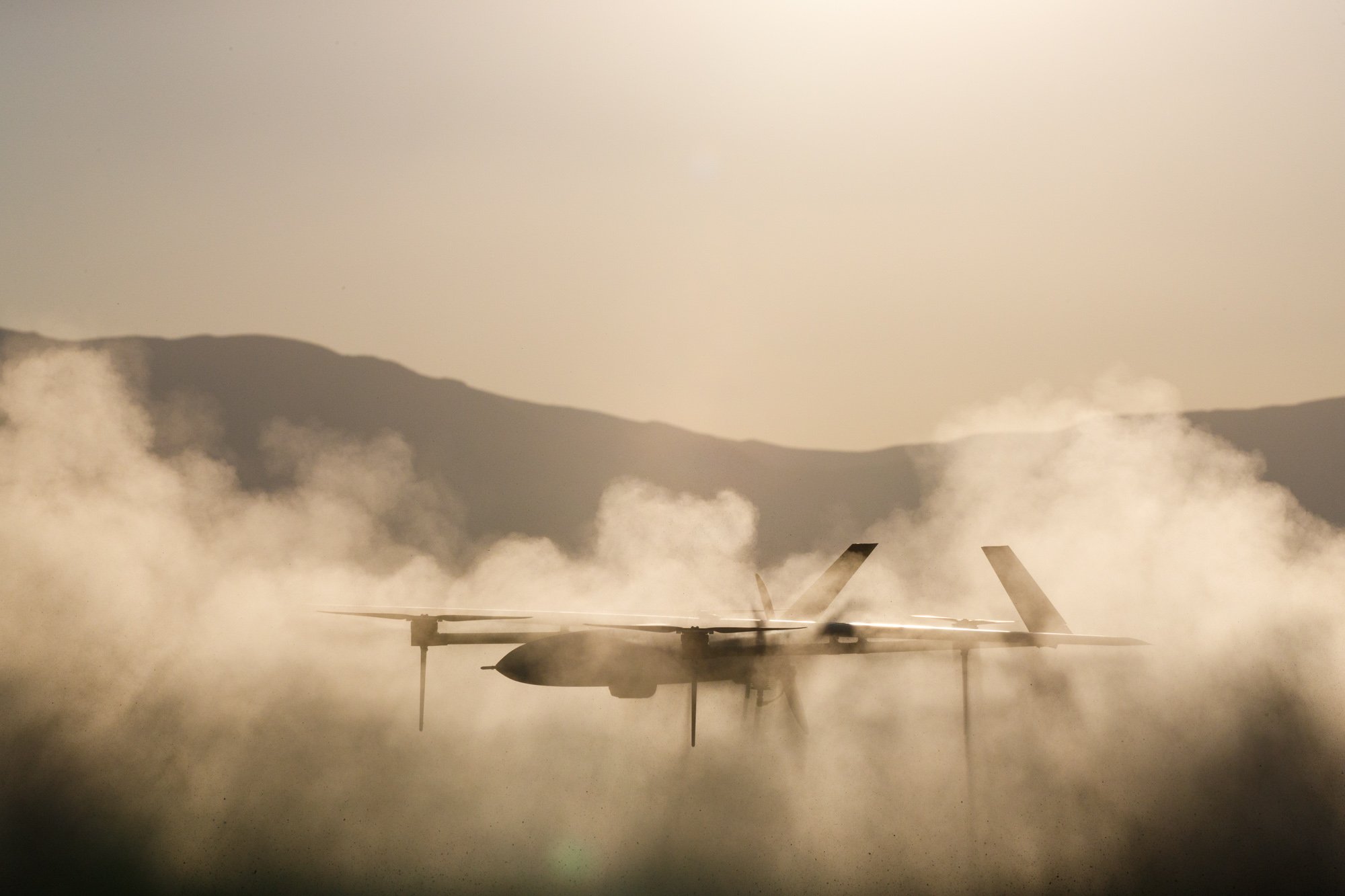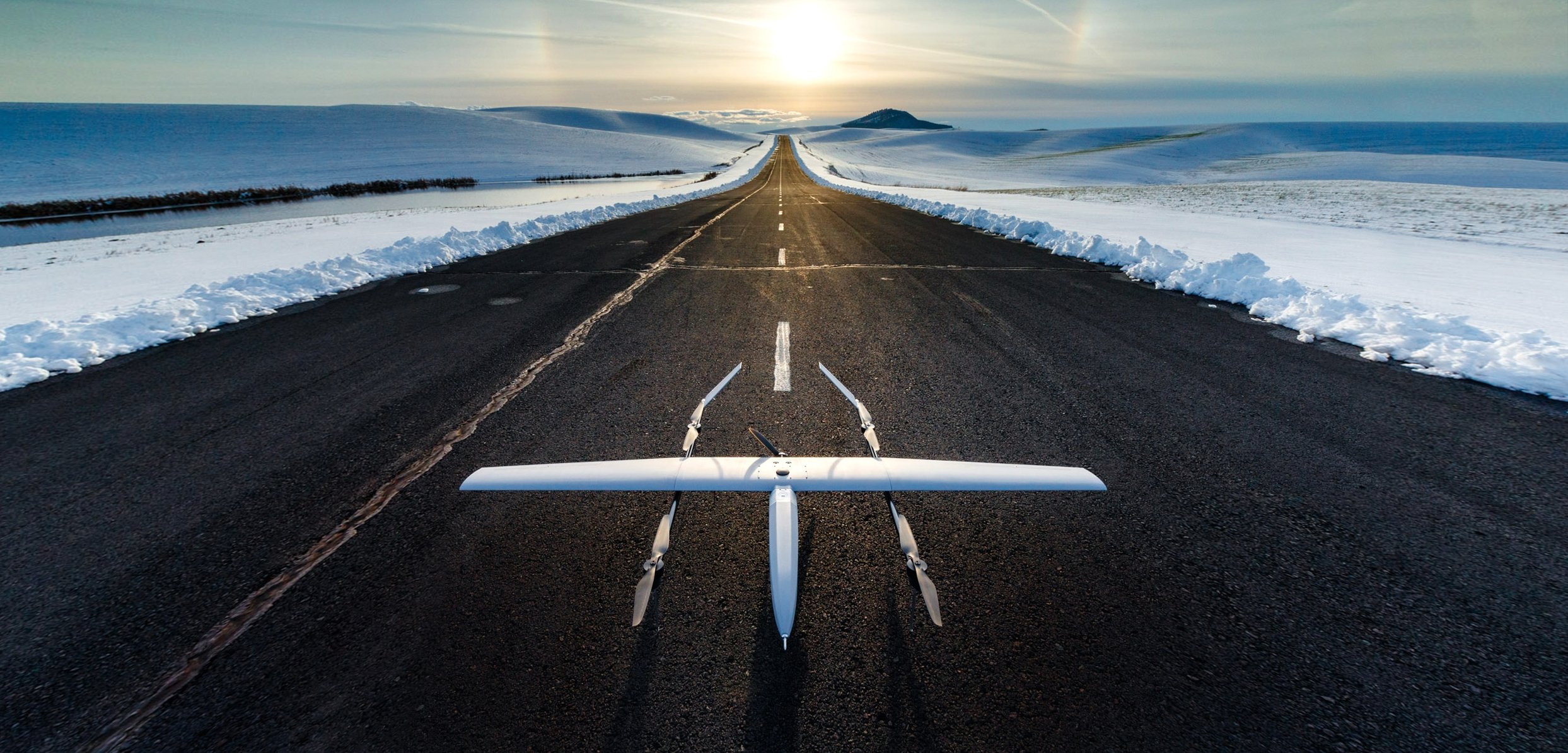
Introducing Hybrid Project
Amidst the many possible uses for sUAS aircraft, we have focused our efforts on Endurance Flight and Beyond Visual Line Of Site (BVLOS) Operations.
Our aircraft are powered by gasoline in forward flight mode, providing far greater range and endurance than typical electric platforms. The on-board charging and power generation system ensures batteries are full at the end of each flight. This, combined with vertical take-off and landing capability (VTOL), greatly reduces the need for elaborate ground support systems and allows utilization of the full range of our airplane in one direction, as long as fuel is available at the other end.
Our V2 airframe can travel nearly 500 kilometers on 3.8 liters (1 us gallon) in optimal weather conditions. This opens up its coverage area to nearly 5 times that of typical electric powered planes, dramatically increasing the number of people and places we can reach.
The SuperVolo production airframe is now available for purchase and delivers reliable performance and excellent flight endurance in a variety of conditions.
Engineering
Our diverse backgrounds in machining, aerospace manufacturing, motorsports, commercial aviation, and robotics, lead to design decisions that are driven by experience. We are not only concerned about performance and reliability, but also ease of maintenance in the field and efficiency of manufacturing.
Hybrid Project's engineering and CNC manufacturing division is located in East Tennessee, inside a machine shop, so we have complete synergy between our design team and the machinists who are manufacturing our parts.
Composite manufacture, final assembly, and flight testing is run from North Idaho, where there is plenty of empty space and diverse weather

Modularity
One of our primary engineering goals is to have a modular platform that encourages design evolution of its parts without having to start over from the beginning. This mantra has resulted in a package that is easy to maintain and breaks down efficiently for transport. We are developing several mission-specific nose modules that provide mapping, surveillance, and delivery capabilities, as well as a research platform that has room for sensors and takes advantage of the 350W of available power on board.













FOUNDERS:
Ryan Pope &
Shane Roberts
